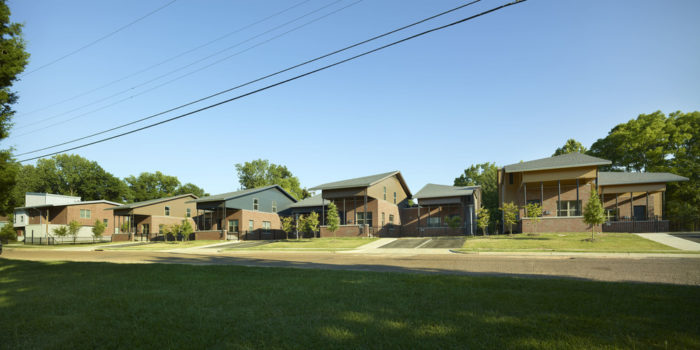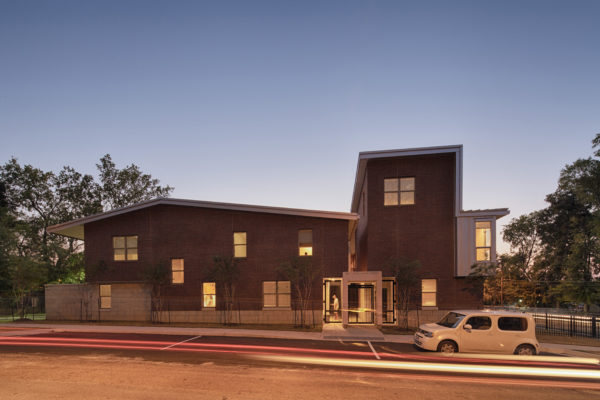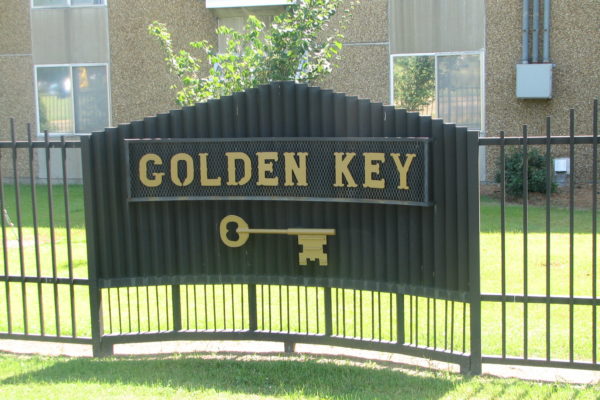Public housing was established to provide decent and safe rental housing for eligible low-income families, the elderly, and persons with disabilities. Public housing comes in all sizes and types, from scattered single family houses to high-rise apartments for elderly families. There are approximately 1.2 million households living in public housing units, managed by some 3,300 HAs. The U.S. Department of Housing and Urban Development (HUD) administers Federal aid to local housing agencies (HAs) that manage the housing for low-income residents at rents they can afford.
Application Process and Waiting List
Applicants must complete an application to be placed on a waiting list for this program. Due to the number of applicants and the length of time an applicant must wait to reach the top of the waiting list, Jackson Housing Authority has the option to close a waiting list at any time. JHA has implemented a site-based waiting list for each location. The waiting list for individual sites will open when the need for new applicants arise. The application process will be posted. Each site and waiting list status is listed below.
JHA has established a preference for “working” families, where the head, spouse, co-head, or sole member is employed at least 20 hours per week. As required by HUD, families where the head and spouse, or sole member is a person age 62 or older, or is a person with disabilities, will also be given the benefit of the working preference.
Eligibility
Once reaching the top of the waiting list, applicants will be scheduled an appointment to complete necessary paperwork and to begin the eligibility process. Applicants will be pulled from the waiting list when units become available. Eligibility is based on annual gross income along with family size, previous rental history, and criminal background and site requirements. The program is also limited to U.S. citizens and specified categories of non-citizens who have eligible immigration status. HAs will deny admission to any applicant whose habits and practices may be expected to have a detrimental effect on other tenants or on the project’s environment.




